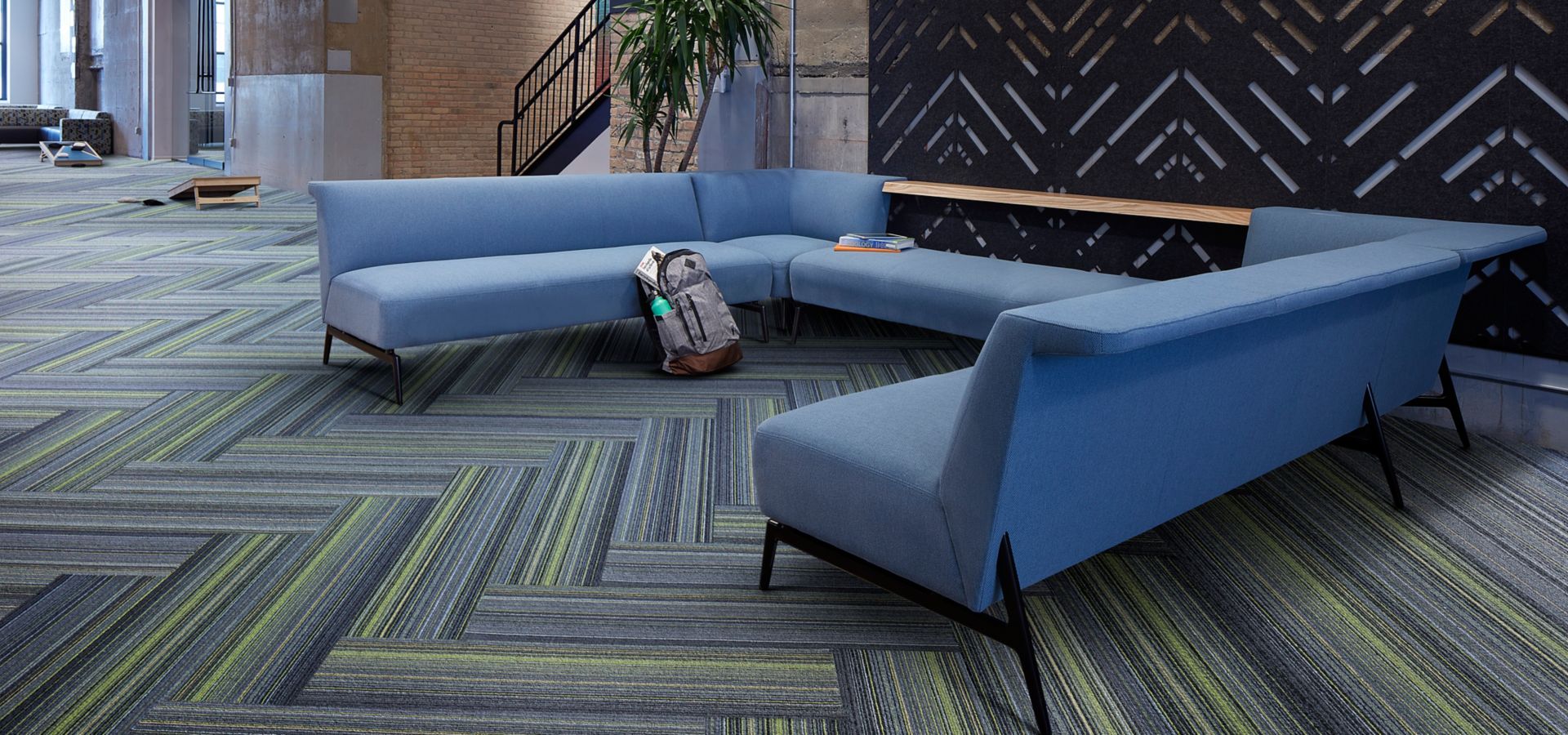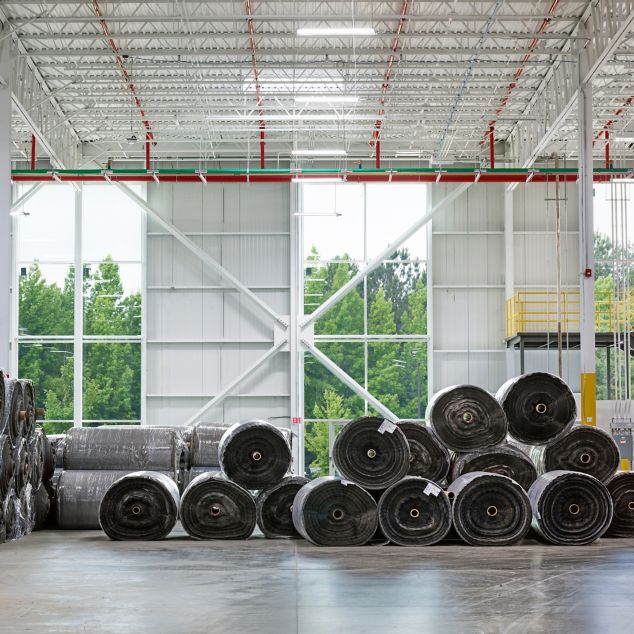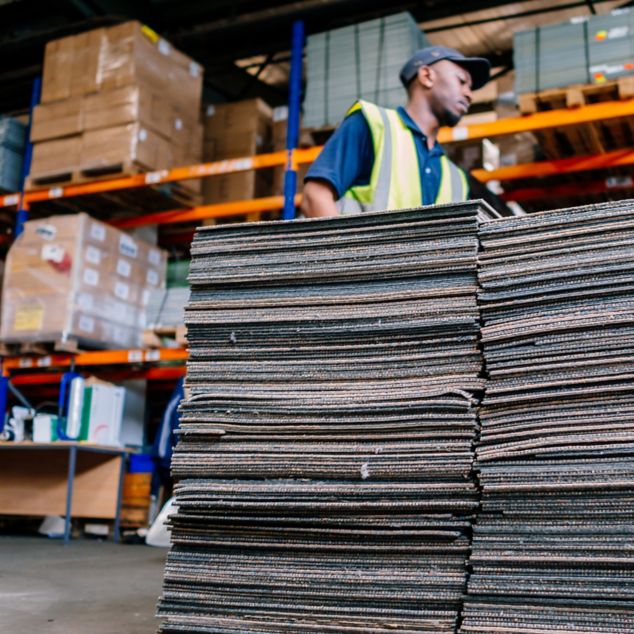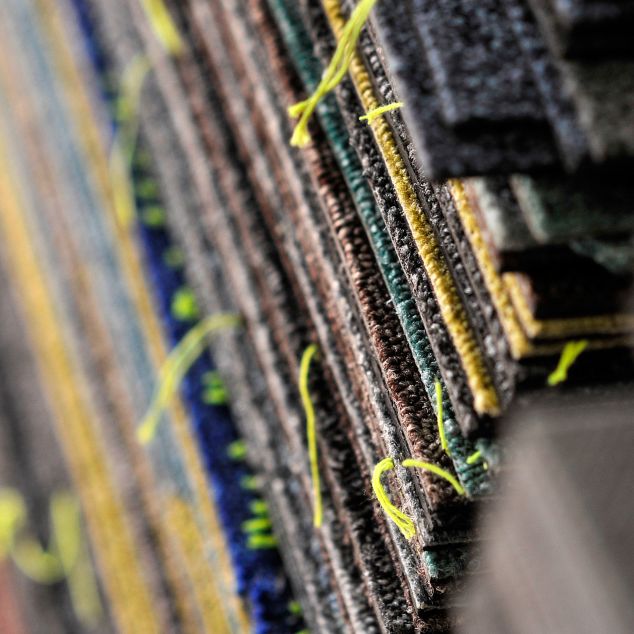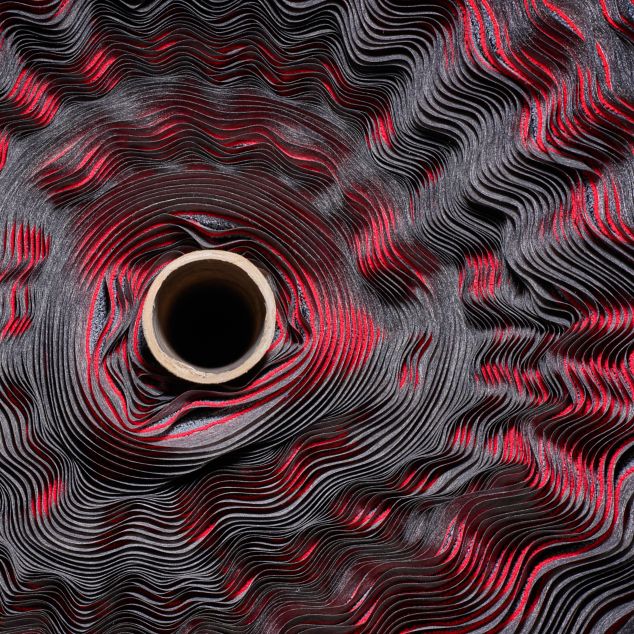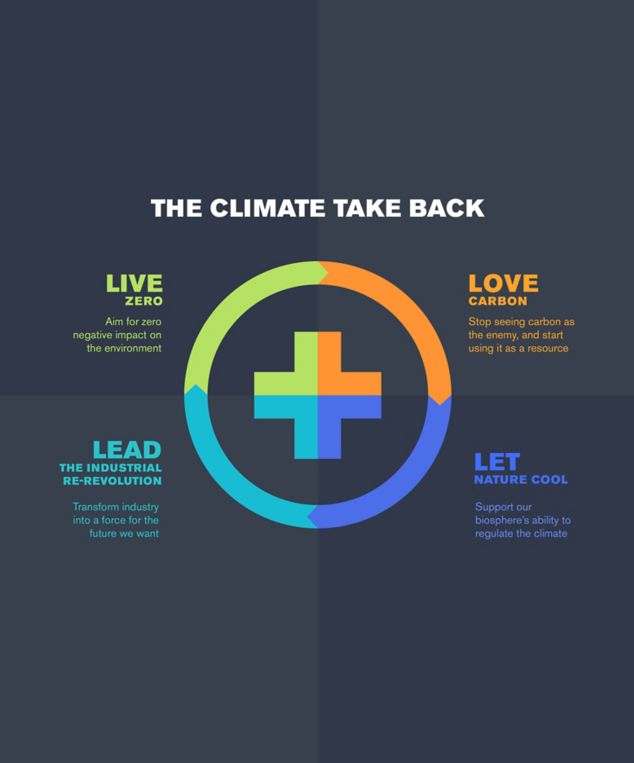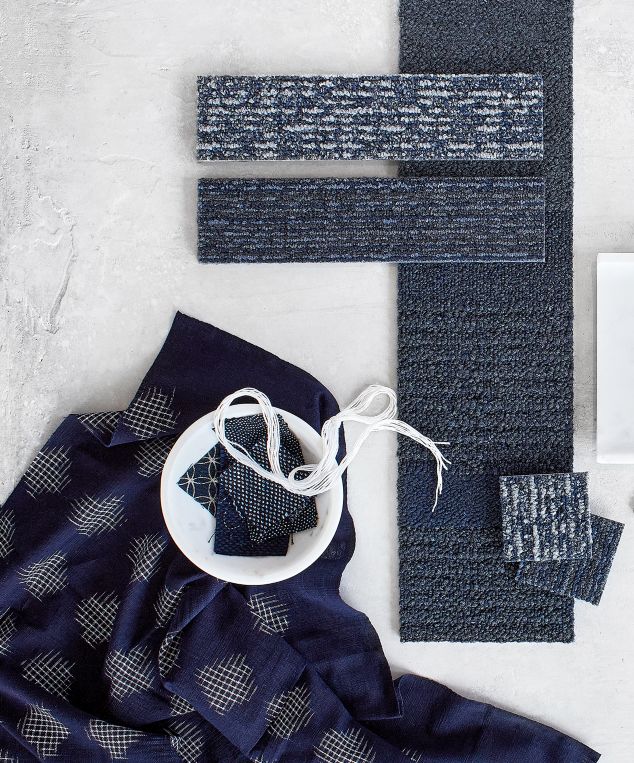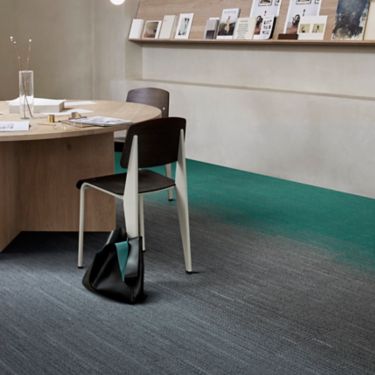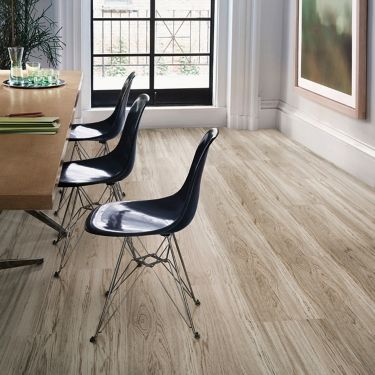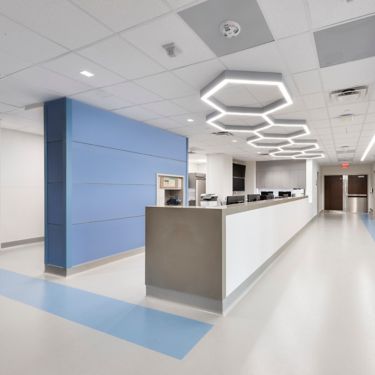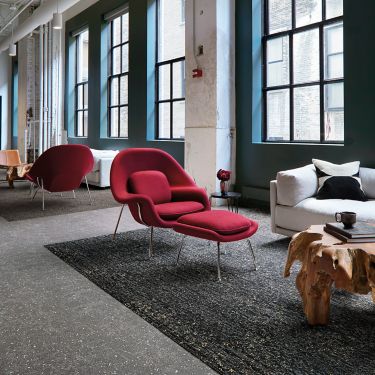Select a Location
It’s flooring—and then some. Made for More.
We See Carbon as a Resource
Carbon Reduction
Innovative Backings
Quantifying the Impact
We don’t merely talk the talk on sustainability—we walk the walk.
For detailed reporting on our progress, visit our investor site.
Check out our latest Impact Report here.
Reuse & Recycle
Product Transparency
A Different Approach
Image ©Christopher Payne Esto
Sustainability Stories
Sustainability in Action
The Beginning
The Epiphany
Starting the Journey
Entering the 21st Century
What’s Next
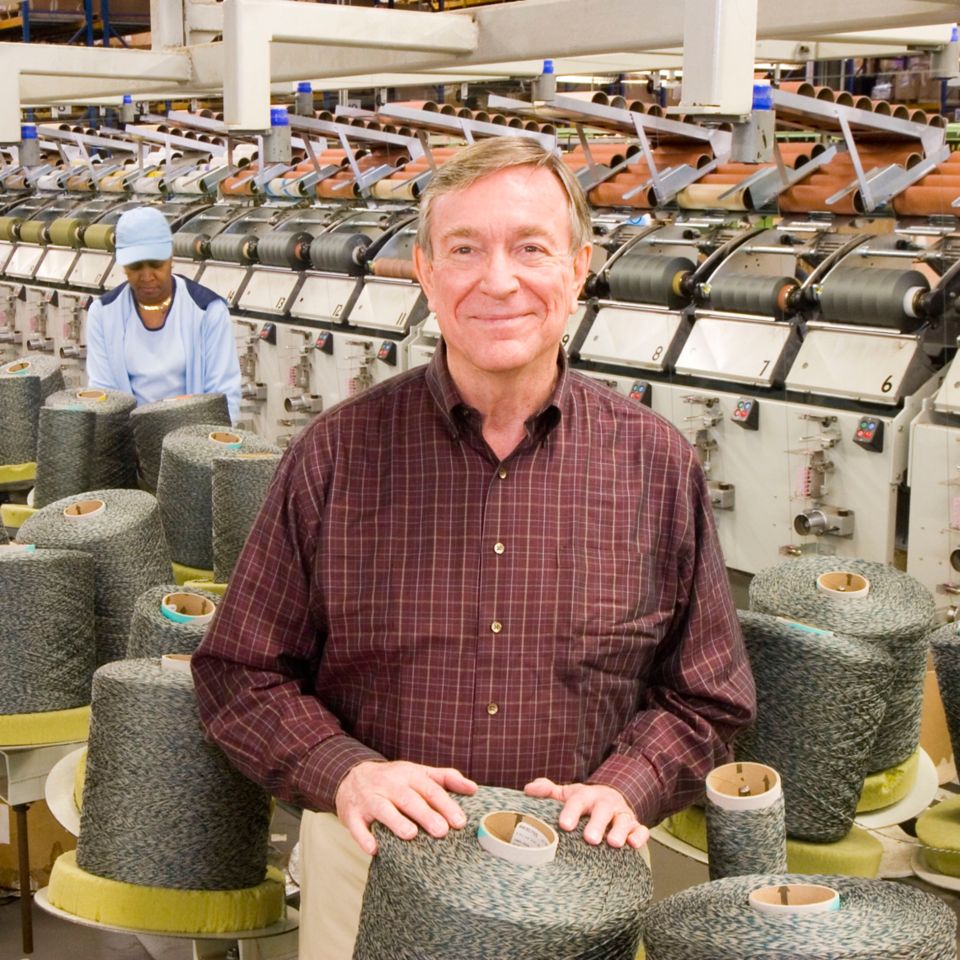
The Beginning
In 1973, Ray Anderson founded Interface in LaGrange, GA, bringing the concept of free lay carpet tile to America and beginning a revolution in commercial floorcovering. Our original carpet tile products were strong on technical benefits but weak on aesthetics. But that began to change in 1988 when Interface introduced Quantum—the first tufted loop carpet tile, altering the course of our business and design capabilities.

The Epiphany
1994: In the early ‘90s a customer asked, "What's your company doing for the environment?" When Ray realised he couldn't answer this question, he created a company task force to solve it. As he prepared a speech to the task force kick-off meeting, he read Paul Hawken’s “The Ecology of Commerce” and was deeply moved. He described the experience as an epiphany, his “spear in the chest” moment that changed his perspective on business and sustainability.
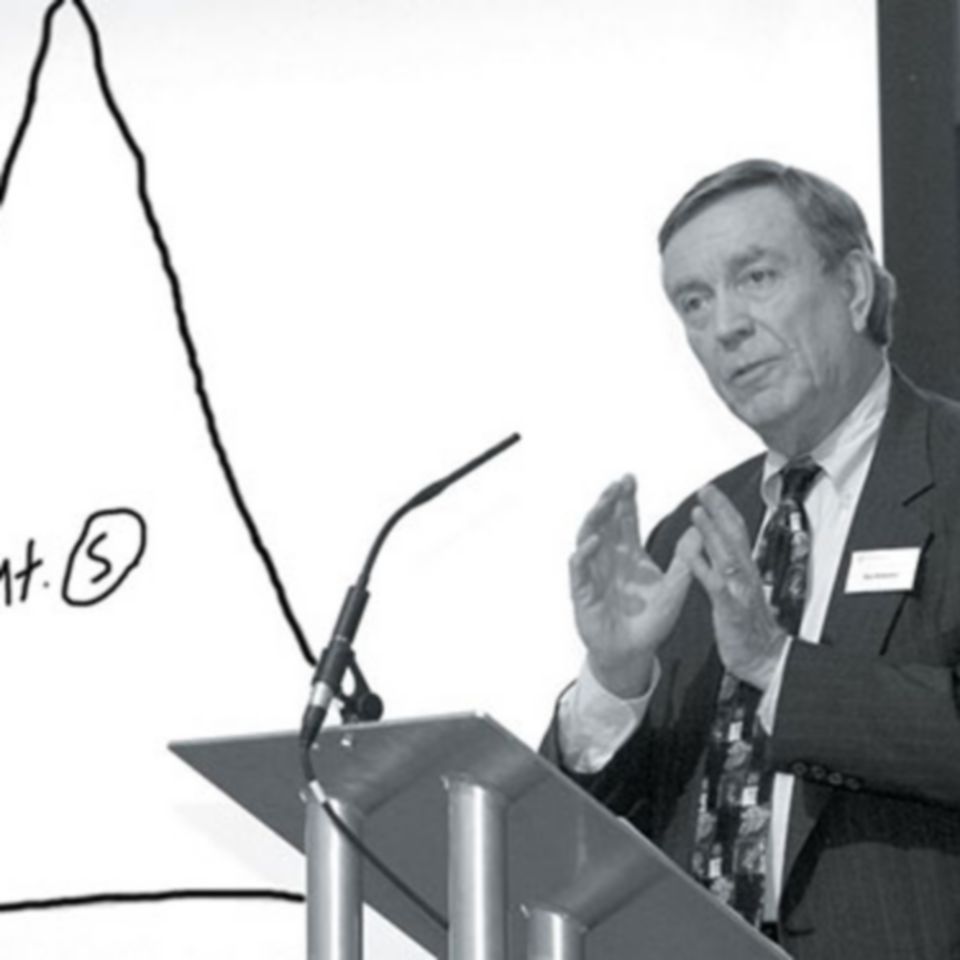
Starting the Journey
1994-1999: Ray formed the Eco Dream Team, which included the expertise of authors, activists, scientists, and entrepreneurs. Their progressive thinking helped Interface begin mapping the difficult journey that Ray later described as a climb up “a mountain higher than Everest.” Interface initially identified seven key areas to achieve the vision of a company with no negative impacts on the environment. Then, building on that framework, set aggressive zero targets in many areas: zero waste to landfill, zero fossil fuel energy use, zero process water use, and zero greenhouse gas emissions.
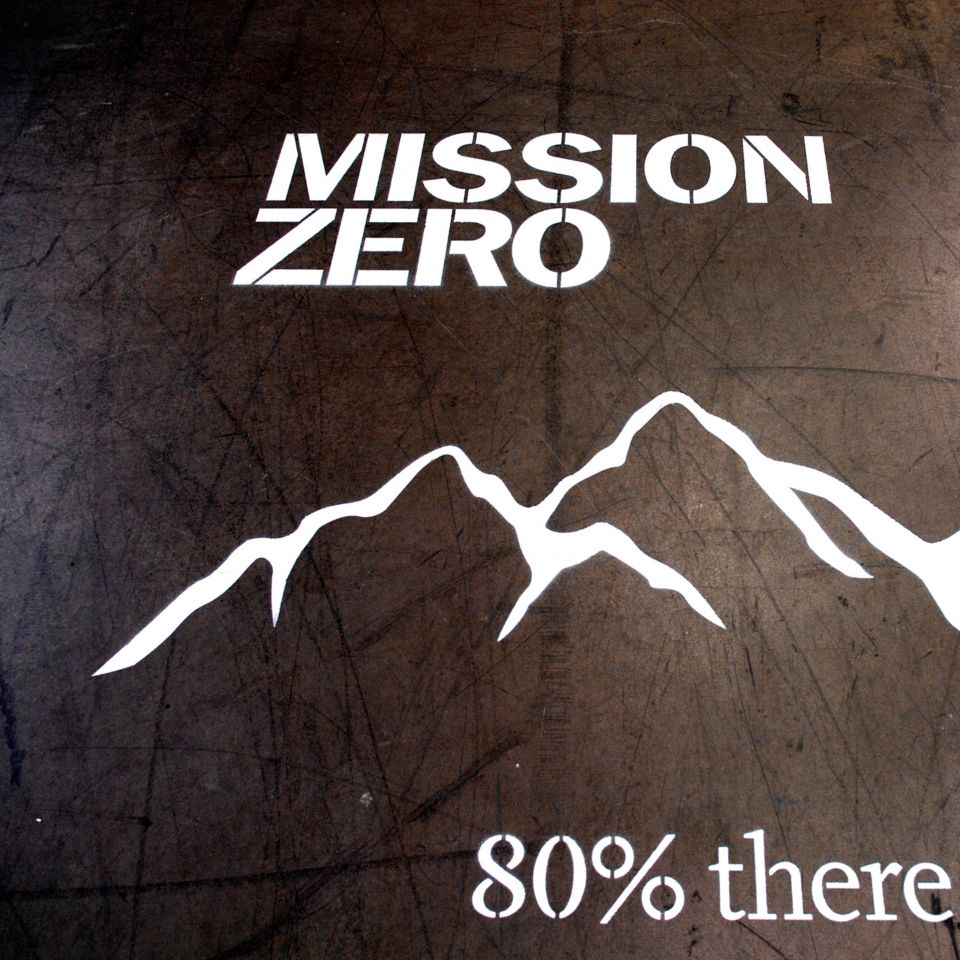
Entering the 21st Century
2000-2009: With the introduction of Entropy® in 2000, Interface launched a new product, i2™. That same year, Interface released the first commercial carpet tile collection using recycled nylon in the face fibre and a 100% recycled content vinyl backing layer. Interface continued experimenting with renewable and recyclable materials, resulting in a glue-free installation system, TacTiles™. Meanwhile, Interface’s Cool Blue™ process allowed a wider range of materials for backings, reducing the company’s need for oil. And Mission Zero® was established, giving a name to Interface’s goal of zero environmental footprint. the journey that started in 1994.
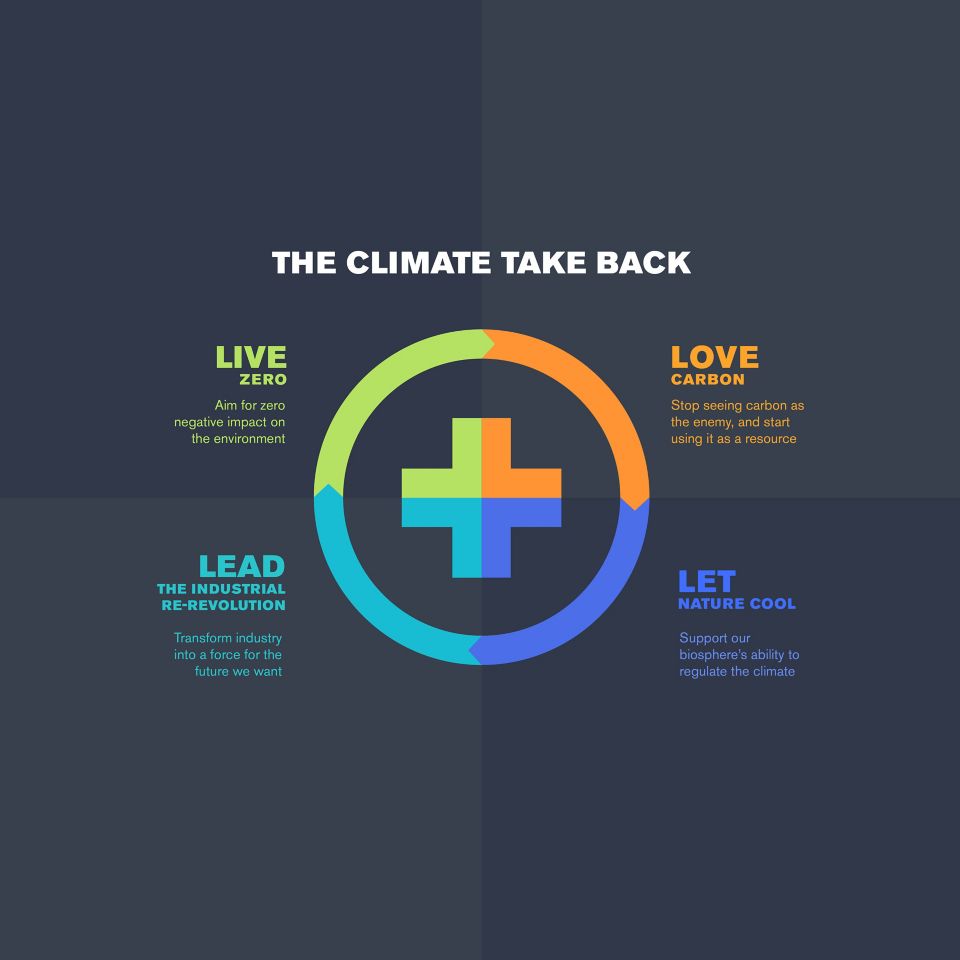
What’s Next
Over a 25-year-plus sustainability journey, Interface evolved both its thinking and approach. Originally, the focus was solely on reducing environmental impacts, but that evolved to include social impacts and new business models. With the success of programs like ReEntry™, Interface is proving that a circular economy is an attainable goal. With Mission Zero accomplished, the company has sights on an even higher goal—Climate Take Back™.
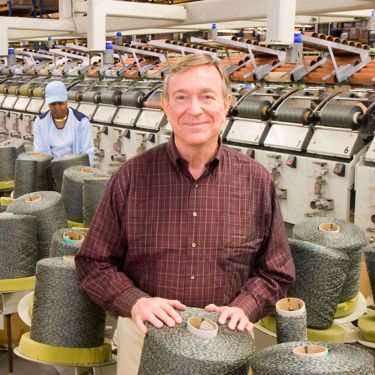
The Beginning
In 1973, Ray Anderson founded Interface in LaGrange, GA, bringing the concept of free lay carpet tile to America and beginning a revolution in commercial floorcovering. Our original carpet tile products were strong on technical benefits but weak on aesthetics. But that began to change in 1988 when Interface introduced Quantum—the first tufted loop carpet tile, altering the course of our business and design capabilities.

The Epiphany
1994: In the early ‘90s a customer asked, "What's your company doing for the environment?" When Ray realised he couldn't answer this question, he created a company task force to solve it. As he prepared a speech to the task force kick-off meeting, he read Paul Hawken’s “The Ecology of Commerce” and was deeply moved. He described the experience as an epiphany, his “spear in the chest” moment that changed his perspective on business and sustainability.

Starting the Journey
1994-1999: Ray formed the Eco Dream Team, which included the expertise of authors, activists, scientists, and entrepreneurs. Their progressive thinking helped Interface begin mapping the difficult journey that Ray later described as a climb up “a mountain higher than Everest.” Interface initially identified seven key areas to achieve the vision of a company with no negative impacts on the environment. Then, building on that framework, set aggressive zero targets in many areas: zero waste to landfill, zero fossil fuel energy use, zero process water use, and zero greenhouse gas emissions.
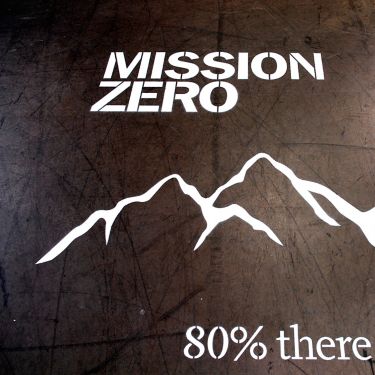
Entering the 21st Century
2000-2009: With the introduction of Entropy® in 2000, Interface launched a new product, i2™. That same year, Interface released the first commercial carpet tile collection using recycled nylon in the face fibre and a 100% recycled content vinyl backing layer. Interface continued experimenting with renewable and recyclable materials, resulting in a glue-free installation system, TacTiles™. Meanwhile, Interface’s Cool Blue™ process allowed a wider range of materials for backings, reducing the company’s need for oil. And Mission Zero® was established, giving a name to Interface’s goal of zero environmental footprint. the journey that started in 1994.
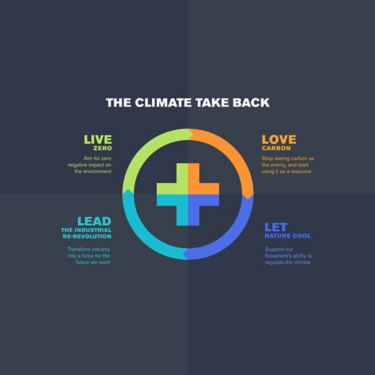
What’s Next
Over a 25-year-plus sustainability journey, Interface evolved both its thinking and approach. Originally, the focus was solely on reducing environmental impacts, but that evolved to include social impacts and new business models. With the success of programs like ReEntry™, Interface is proving that a circular economy is an attainable goal. With Mission Zero accomplished, the company has sights on an even higher goal—Climate Take Back™.

Lessons for the Future
The most valuable thing you can learn from the past is what to do in the future.
Our first sustainability mission, Mission Zero® taught us about business models, moonshot aspirations and solving material challenges with science and imagination.
Read about our learnings from the past 25 years.
